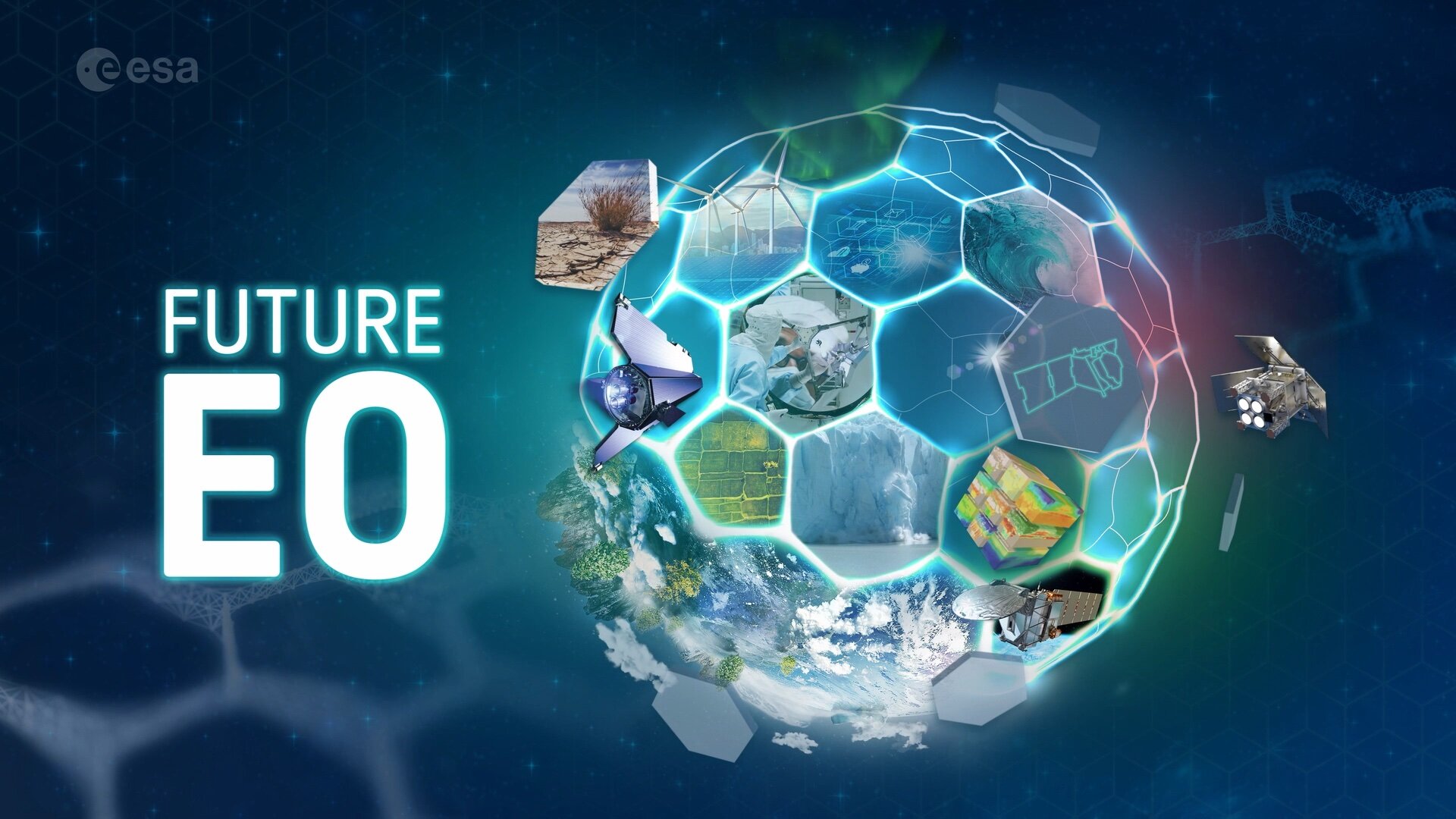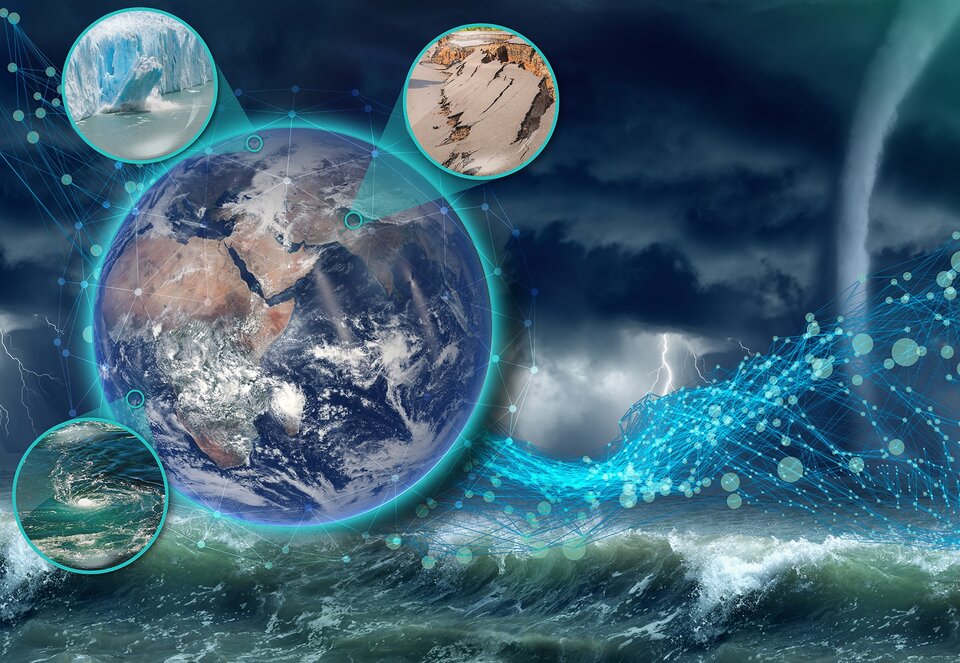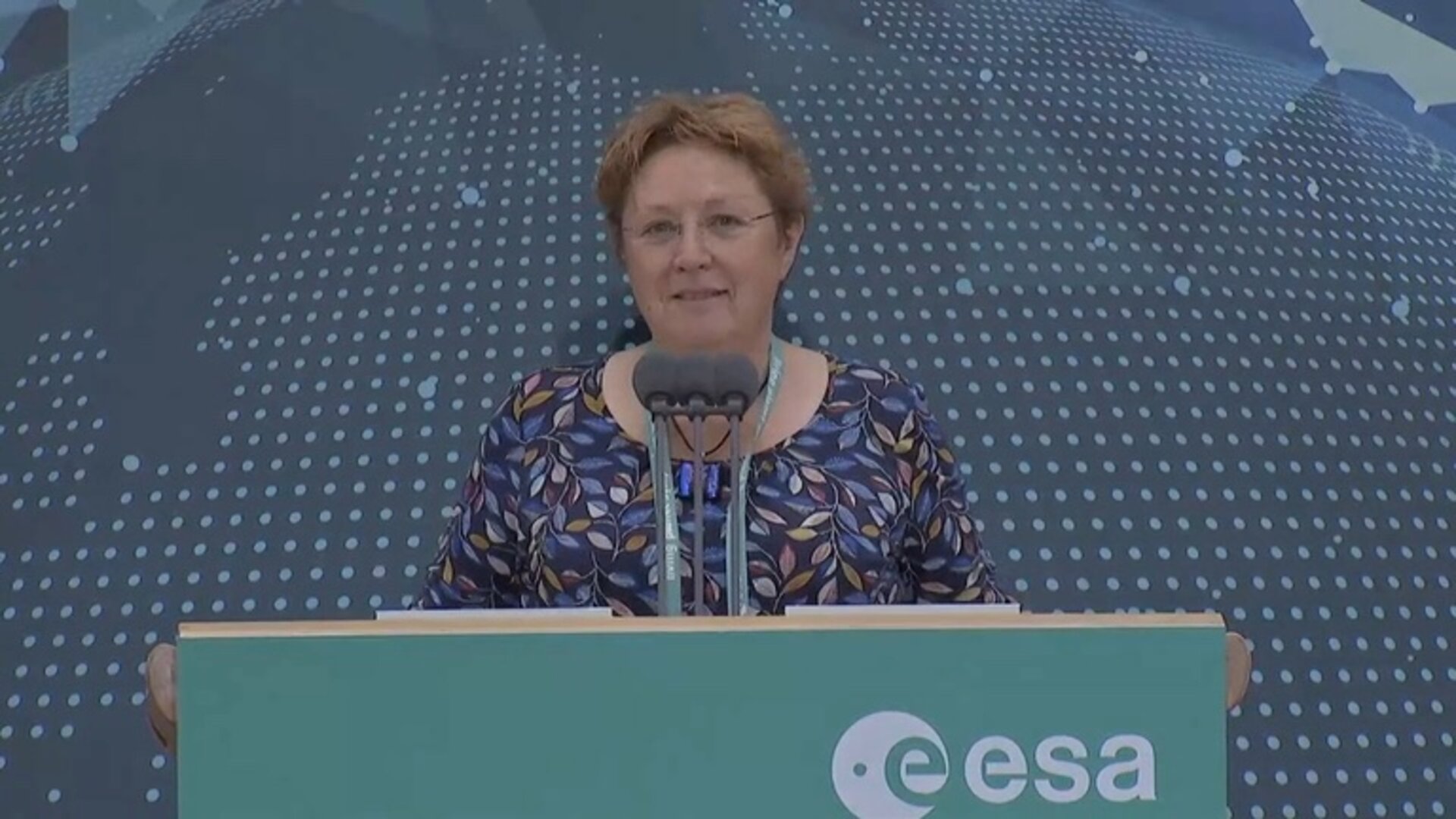Global S&T Development Trend Analysis Platform of Resources and Environment
| Putting the future in FutureEO | |
| admin | |
| 2022-05-26 | |
| 发布年 | 2022 |
| 语种 | 英语 |
| 国家 | 欧洲 |
| 领域 | 地球科学 |
| 正文(英文) | With scientific excellence at the very heart of ESA’s FutureEO programme, participants at this week’s Living Planet Symposium have been making it clear that new research missions to advance Earth science must continue to be realised in the future. Speaking at the symposium, Christine Gommenginger from the National Oceanography Centre in the UK, said, “We have a rapidly changing Earth observation landscape with Copernicus, many meteorological satellites, New Space, commercial satellite operators and providers, and digital twins. “The fear is that this could mean the end of the Earth Explorer era. However, last year’s FutureEO Independent Science Review gave very strong recommendations that ESA maintains high levels of scientific excellence and technological innovation that must include large, ambitious and challenging Earth Explorer missions to secure its position of international leadership in Earth observation. “We need to enable ambitious and challenging Earth Explorer missions for the future.” 

FutureEO at a glance
Access the video The Earth Explorer missions are pivotal to FutureEO. Each of these extraordinary missions carries innovative space technology and each, without exception, has exceeded their original science objectives. Time and time again, they show how novel spaceborne instruments and measuring techniques can return an astonishing wealth of scientific findings about our planet – which, in turn, benefit society at large. As well as the scientific excellence they return, these ground-breaking missions go on to provide sound technological heritage to develop robust operational missions – meaning missions such as the Copernicus Sentinels that provide systematic data for operational environmental services and the MetOp and Meteosat series for operational weather forecasting services. So far, there are nine Earth Explorer missions; one completed, four in orbit and four in different stages of being built. Next to launch is the Biomass satellite which, carrying a novel P-band synthetic aperture radar, will deliver crucial information about the state of our forests and how they are changing, and further our knowledge of the role forests play in the carbon cycle. Harmony is slated as the tenth Earth Explorer mission and will be reviewed at the User Consultation Meeting on 5 July, after which formal selection should be made in the autumn. 
This new mission promises to provide data to measure small shifts in the shape of the land surface, such as those resulting from earthquakes and volcanic activity. It would also provide new information to study 3D deformation and flow dynamics of glaciers at the rapidly changing marginal zones of the ice sheets for a better understanding of the impact of ice loss on sea-level rise. Over the ocean, Harmony would provide simultaneous measurements of surface wind, currents and temperature, as well as ocean waves. In addition, there are four mission concepts, Cairt, Nitrosat, Wivern, Seastar, competing to be the eleventh Earth Explorer. In order to achieve breakthrough scientific results all of these missions are founded on breakthrough technology – basically, technology and science go hand in hand. With all of this currently in place, the focus is now on taking ESA’s FutureEO programme and it’s Earth Explorer missions into the further into future, enabling the new science driven missions to return even better information about how our planet functions and the changes taking place. This information is essential to helping address the major issue of climate change and societal issues such as food and water security. Intrinsic to FutureEO is ‘Boost FutureEO Early Phases’ – where ESA wants to lay the foundation for innovative and ambitious science missions, taking account of lessons learned from the past. This includes, harnessing science-driven ideas to enable the implementation of world class Earth science, European leadership through science and technological innovation and stimulating new ideas. Florence Hélière, Future EO Research Missions Coordinator, added, “Boost FutureEO is a project where I have engaged all of my energy from the start as I truly believe in its success. I have done my best to ensure that we all together, across all Earth Observation Programme Directorate, have made it concrete. I am very pleased to be part of this success and will remain committed to implementing it.” Boost FutureEO Early Phases includes a revision of the ESA Earth Observation strategy; new Earth Observation Mission Ideas; a call for Earth Explorer Mission Ideas and a more agile and improved way of managing the missions from concept through to launch. 

FutureEO – Pioneering world-class science missions for Earth | LPS 2022
Access the video While developing and building these large research missions takes some years, ESA’s FutureEO programme also allows for the realisation of complementary Scout nanosatellites to deliver value-added science, either by miniaturising existing space technologies or by demonstrating new sensing techniques. Importantly, embracing the New Space approach, the overarching aim is to accomplish all of this quickly. In addition, a potential satellite concept called MAGIC, not an Earth Explorer, but a Mission of Opportunity, is being investigated to see how by taking gravity measurements from space would shed new light on where Earth’s water is stored and how it moves from place to place. The FutureEO programme also ensures that satellite data are exploited to their maximum potential to benefit through the Science for Society part of the programme. Effective mission operations, smart data provision and the implementation of innovative IT solutions further help Earth observation to be used for applications in key sectors such as agriculture, logistics and disaster monitoring. Budget wise, FutureEO forms half of ESA’s Earth Observation Programme’s proposal for the Ministerial Council in November. Speaking to the audience at the Living Planet Symposium, Vanessa Keuck, ESA’s FutureEO Programme Coordinator, said, “ESA’s Earth Observation has been enormously successful in the past, but we need to be ambitious and push the boundaries of technology and science to remain ahead of the game and ensure we address emerging societal needs.” Towards a New ESA Earth Observation Science StrategyFurther science requirements and future Earth observation needs and trends that feed into FutureEO will be discussed further on Friday 26 May at 08:30 during the Towards a New ESA Earth Observation Science Strategy Agora at the Living Planet Symposium. This Agora Deep Dive Session will first introduce the plan and process for establishing a new Earth observation science strategy for the next several years. It then features questions and answers, and an open discussion led by ESA’s Advisory Committee for Earth Observation (ACEO) covering important topics such as: Where are the Earth observation gaps? What are the key cross-cutting science challenges? What are the thematic priorities? What synergies shall be exploited? Speakers include Florence Rabier, ACEO Chair and Director General of European Centre for Medium-Range Weather Forecasts, Johnny Johannessen, Chair of Independent Science Review and Director of Nansen Environmental and Remote Sensing Center, University of Bergen and Malcolm Davidson, ESA’s Head of Campaigns Section, Earth and Mission Science Division. More information can be found here. |
| URL | 查看原文 |
| 来源平台 | European Space Agency |
| 文献类型 | 新闻 |
| 条目标识符 | http://119.78.100.173/C666/handle/2XK7JSWQ/349149 |
| 专题 | 地球科学 |
| 推荐引用方式 GB/T 7714 | admin. Putting the future in FutureEO. 2022. |
| 条目包含的文件 | 条目无相关文件。 | |||||
| 个性服务 |
| 推荐该条目 |
| 保存到收藏夹 |
| 查看访问统计 |
| 导出为Endnote文件 |
| 谷歌学术 |
| 谷歌学术中相似的文章 |
| [admin]的文章 |
| 百度学术 |
| 百度学术中相似的文章 |
| [admin]的文章 |
| 必应学术 |
| 必应学术中相似的文章 |
| [admin]的文章 |
| 相关权益政策 |
| 暂无数据 |
| 收藏/分享 |
除非特别说明,本系统中所有内容都受版权保护,并保留所有权利。
修改评论